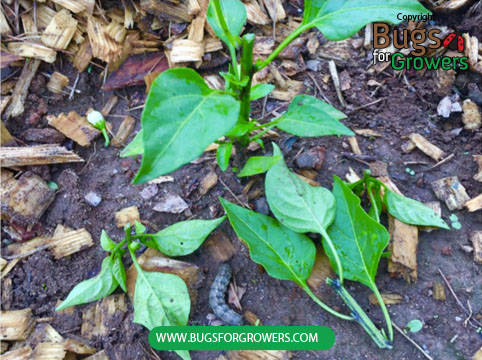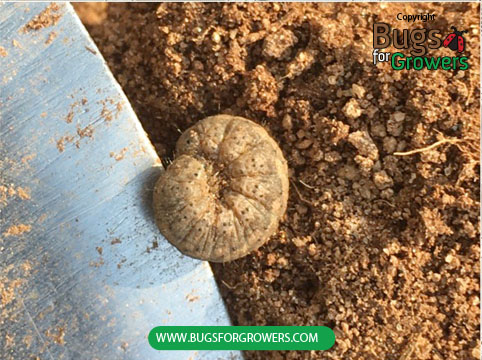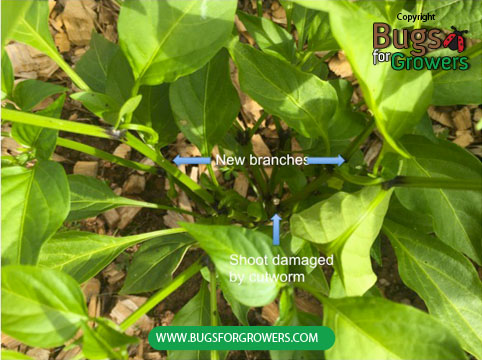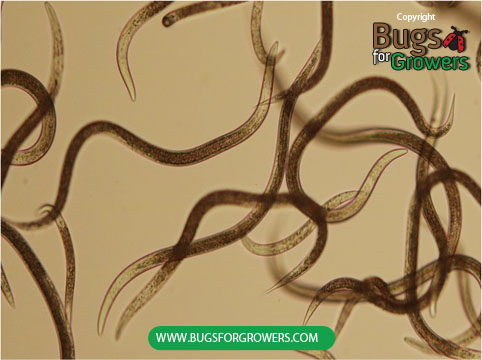Cutworm
Three weeks ago (Mid June), I noticed that the growing shoot of one of my pepper plants was cut into two pieces just a few inches above the ground (Photo 1). When I looked carefully near the stem of the pepper plant, I found a larva of cutworm on the ground (Photo 1). This larva is called cutworm because it cuts down seedlings or young succulent plants while feeding on their stems.
There are several common species of cutworms including black, bronze, variegated and army cutworms occur in nature. Cutworms have one generation per year. They overwinter as egg stage depending on the species. Cutworms develop through four developmental stages including egg, larval, pupal and adult but only larval stages (Photo 1) cause actual damage to their host plants.
Eggs hatch in April through May into small larvae. These larvae are easy to identify as they are about 4 cm long, grayish to mottled brownish in color and they become “c” shaped when disturbed (Photo 2).


Damage caused by cutworms
Cutworms have a wide host range that includes carrots, corn, potato, sweet potato, corn, vegetables and fruits etc as well as weeds and grasses. As the name implies, While feeding on the host plants, cutworm larvae cut down the stems of young seedlings at the crown or just a few inches above the ground level during night time (Photo 1). During day time, these larvae hide in the soil and plant debris. These damaged seedlings generally die due to absence of growing points of seedlings but some of them can survive by producing new shoots/branches around the main damaged shoot (Photo 3).

Cultural control of cutworms
Cultural control includes management of weeds before and after planting, and field sanitation by removing previous crop debris to keep cutworms out of the garden.
Biological control with beneficial entomopathogenic nematodes.
Entomopathogenic nematodes are small microscopic roundworms that are commercially available and can be used for the control of cutworms. For effective control of larvae of cutworms, apply 25,000 beneficial Steinernema carpocapsae nematodes (Photo 4) per square foot area in the vegetable garden using water cans with sprinkler heads in mid May and early June. Apply nematodes early in the morning or late in the evening so that they will not be exposed to UV light as it kills them instantly.
Since nematodes need a film of water for their movement in the soil, immediately irrigate all the nematode treated area. When beneficial nematodes are applied to the soil surface, they will locate cutworm larvae and enter into their body cavity via natural openings like mouth, anus and breathing pores.
Once in the body cavity, Steinernema carpocapsae nematodes will release symbiotic bacteria called Xenorhabdus nematophilus in the blood of larvae where bacteria will multiply, cause septicaemia and kill larva within 48 hours after infection.

